The Reason Vietnam Does Not Have Farming Crawfish
Crawfish (scientific name: Procambarus clarkii) are farmed in many provinces of China. According to Nikkei (Japan), this species brought China an economic value of nearly 40 billion USD in 2018, providing a livelihood for more than 5.2 million farmers, chefs, and restaurant workers. In the U.S., crawfish also generates hundreds of millions of dollars annually.
Recently, crawfish has been sold widely in Vietnam. Some major restaurants have added crawfish to their menus. However, farming and trading crawfish is prohibited due to violations of biodiversity and fisheries regulations.
Why is it that crawfish have proven to be economically effective in the U.S. and China, yet are banned in Vietnam? Dr. Nguyen Quang Huy, Deputy Director of the Research Institute for Aquaculture I, explains that introducing this species to Vietnam may bring short-term benefits, but the long-term damage to agriculture is immense. Crawfish move quickly, spread widely, and are more difficult to eradicate than golden apple snails.
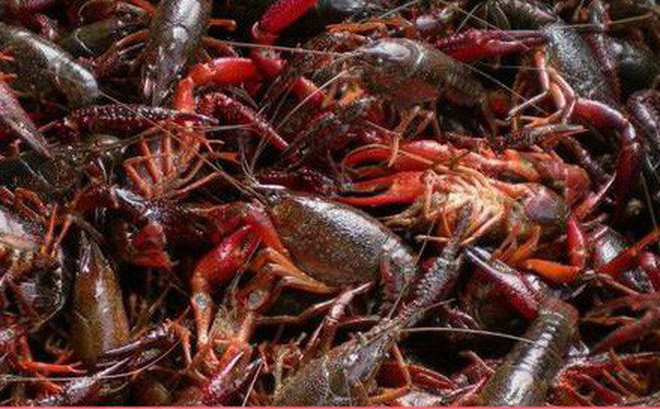
Crawfish farming and trading are banned in Vietnam.
Vietnam imported crawfish from China and conducted experimental farming in Phu Tho, Ninh Binh, and Ha Nam provinces in 2006. The results showed that this species hides in the roots of riverside plants, can even come onto land to breathe oxygen, and often digs burrows 1-2 meters deep, which can destroy agricultural irrigation systems. They are also hosts that spread many diseases to the environment, compete for food, and eliminate native shrimp and fish species.
Mr. Huy believes that China can farm this species because of its vast land and many natural water bodies that are not used for crops. In contrast, most of Vietnam's agricultural land is small rice paddies, and if crawfish spread, they would devastate crops.
According to Mr. Le Tran Nguyen Hung, Director of the Department of Fisheries Resource Conservation and Development (General Department of Fisheries), crawfish do not have high economic value. They contain very little meat; one kilogram, priced at 400,000 VND, yields only about three lạng (300 grams) of meat, with the rest being shell. Compared to native shrimp species such as black tiger shrimp, white-leg shrimp, or giant freshwater prawn, crawfish is not as delicious. Many people eat crawfish because it's novel, but eventually, they will get bored, Mr. Hùng said.
Mr. Hung added that China is currently facing significant ecological consequences caused by crawfish, such as their destruction along the Yangtze River.
Vietnam has many aquatic species that can be developed into major resources, so why choose to farm a foreign species known to pose too many risks for farmers? Mr. Hung argued that just because other countries farm a particular species, doesn't mean we should follow suit. Before introducing a new species for farming, the regulatory authorities must carefully consider the economic and environmental factors.
Sharing the same view, Mr. Pham Anh Cuong, Director of the Department of Biodiversity Conservation (General Department of Environment), assessed that crawfish reduce the diversity of higher aquatic plants, alter water quality and sediment characteristics, and accumulate heavy metals. They interact with other invasive species to reduce populations of invertebrates, mollusks, and amphibians through predation and competition. For these reasons, crawfish are not only banned in Vietnam but are also recognized as an invasive species in China, Japan, Kenya, Egypt, Uganda, Zambia, Mexico, France, Italy, Portugal, Spain...
Source: VnExpress
Ngày đăng : 14/08/2024
1979 View
Other Articles
Portuguese food group acquires 18% stake in cod farming company Norcod
Indonesia implements radioactive-free shrimp certification for exports to the United States
India is world’s second-largest shrimp producer. That is now under threat
Ca Mau’s shrimp industry moves towards “green” growth
Floods devastate aquaculture, processing operations in Vietnam
Ecuador Leads Global Shrimp Exports, Surpassing USD 7 Billion in 2025
India's marine product exports rise 16% as new markets offset US dip
Skretting presents the first shrimp feed with insect meal in Vietnam
Sharing: EU increases shrimp imports in the first 9 months of the year
Gideon De Oro opens high tech Cebu shrimp plant, to revive exports
White-leg shrimp facing WSSV: When density and environment fluctuate together








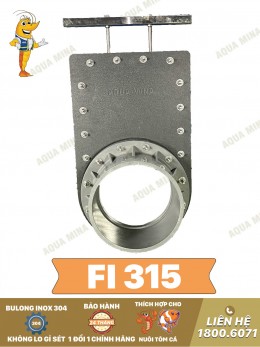
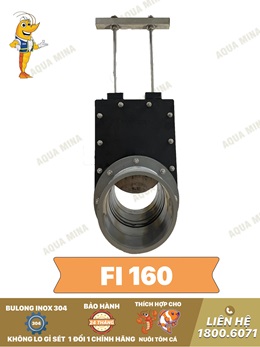
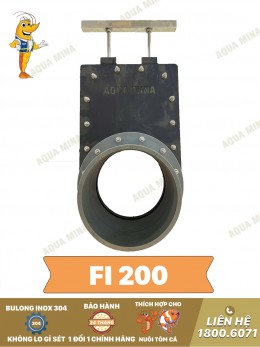




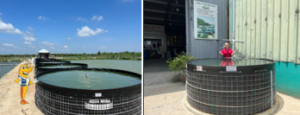
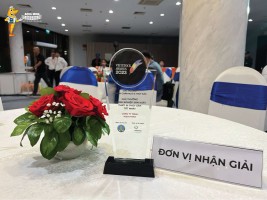

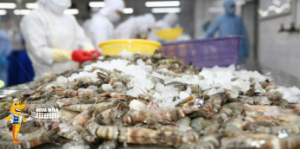
.jpg)